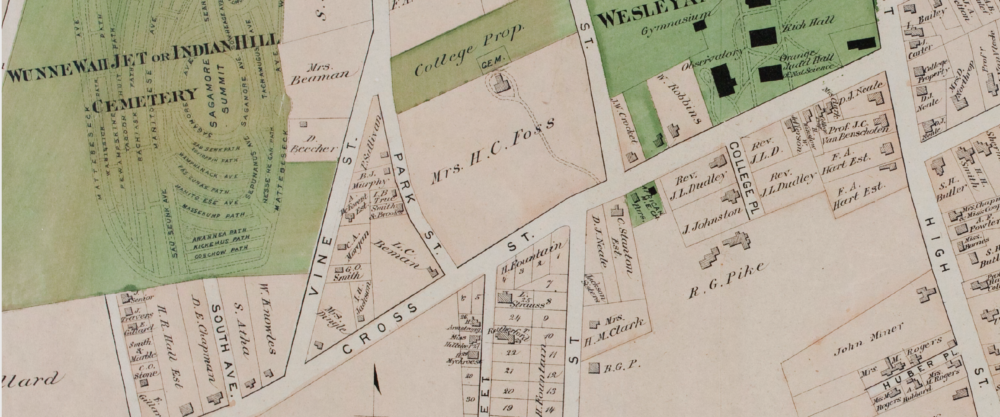Most history books read throughout classrooms in the United States omit or exclude African American narratives in 19th century New England. During this time Boston and New York City were growing ports of commerce. As a result Middletown thrived as an industrial city during this period, since it was located almost exactly half way between the two cities. History books fail to mention the existence of African American communities in the region. It’s almost as if they never existed.
The truth is that Boston, New York, and Middletown had abundant African American populations that formed thriving communities. Archeological work carried out on the African Meeting House in Boston has established, through material evidence, the existence of an African American community that settled on the outskirts of the city. It wasn’t long before this community developed a set of practices and values that members drew on to forge both individual and shared identities (Landon & Bulger, 2013). In New York City archaeological work was performed on the Seneca Village settlement that found that members of this community lived relatively successful lives in terms of access to food, education, and land (Wall, et. al., 2008). The Beman triangle, like the settlements around the African Meeting house in Boston and Seneca village in New York, is a truly remarkable example of community building, especially during a time of intense discrimination and racism in New England.
The Beman Triangle project today is an effort in community archeology to uncover the past, and learn more about the lives of the previous residents of the Triangle, by working in collaboration with the greater Middletown Community and the members of the present day AME Zion church. Wesleyan students, professors, academic staff, and local residents work collaboratively to unearth the historical narratives necessary for our present day understanding of the social constructions of race, class, and gender.

